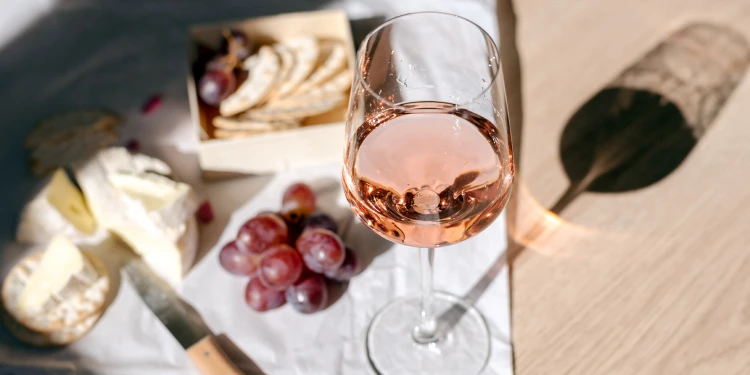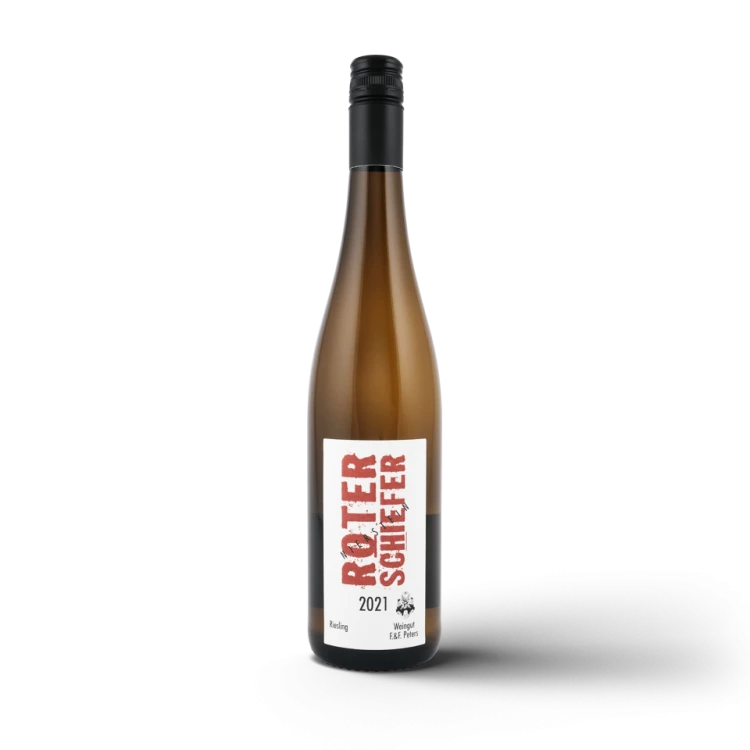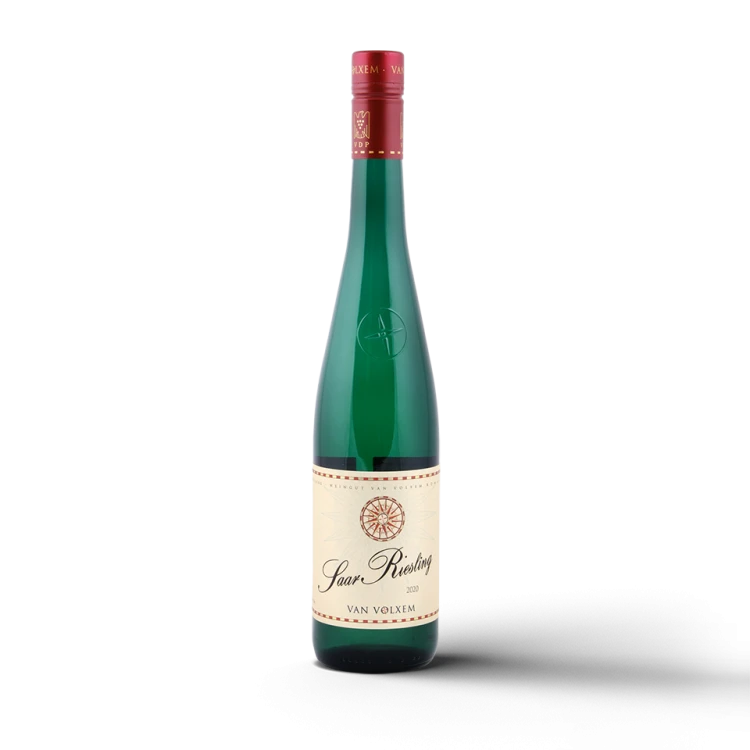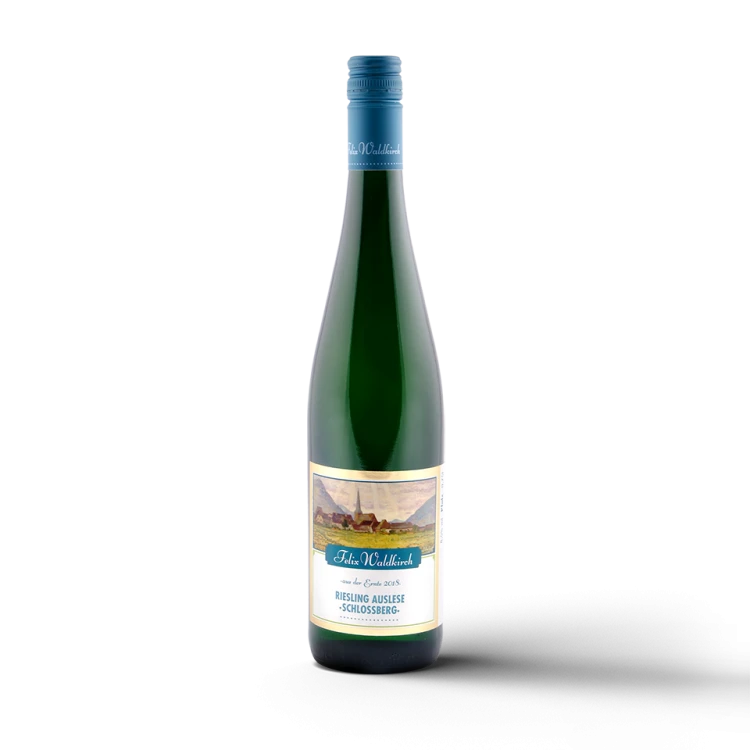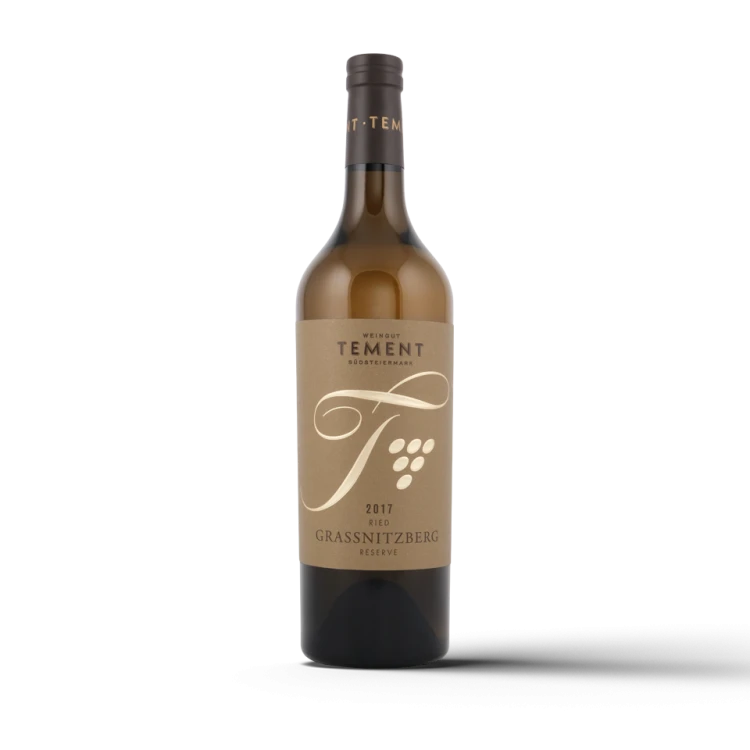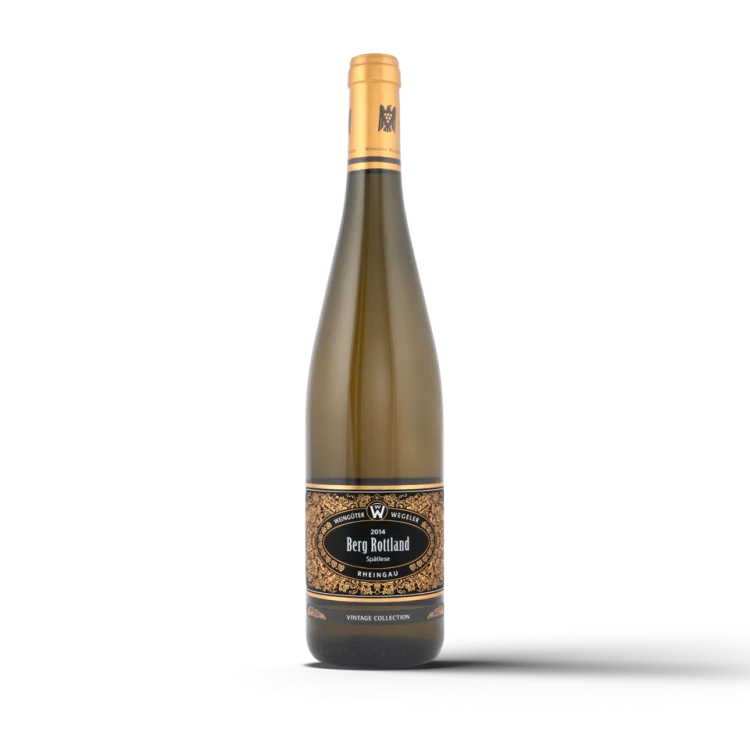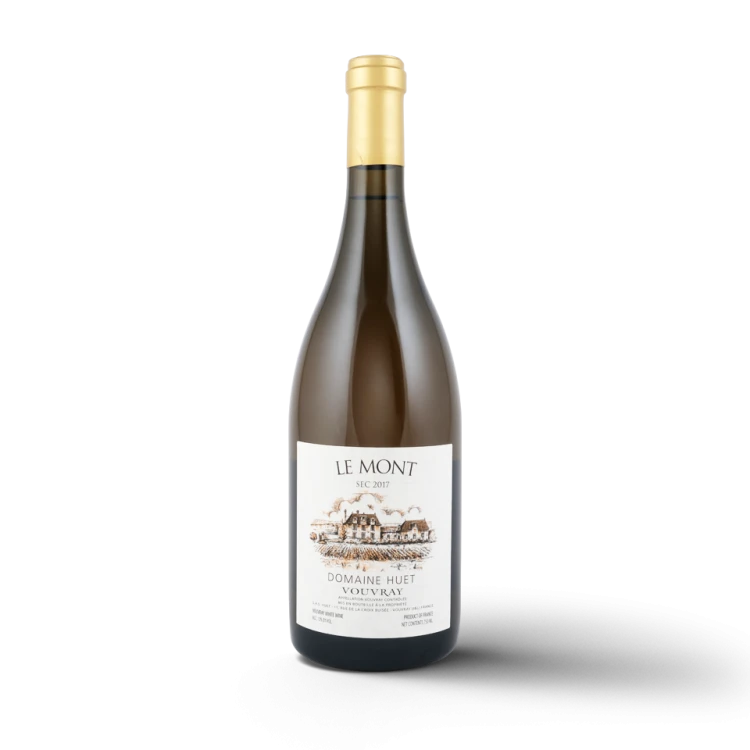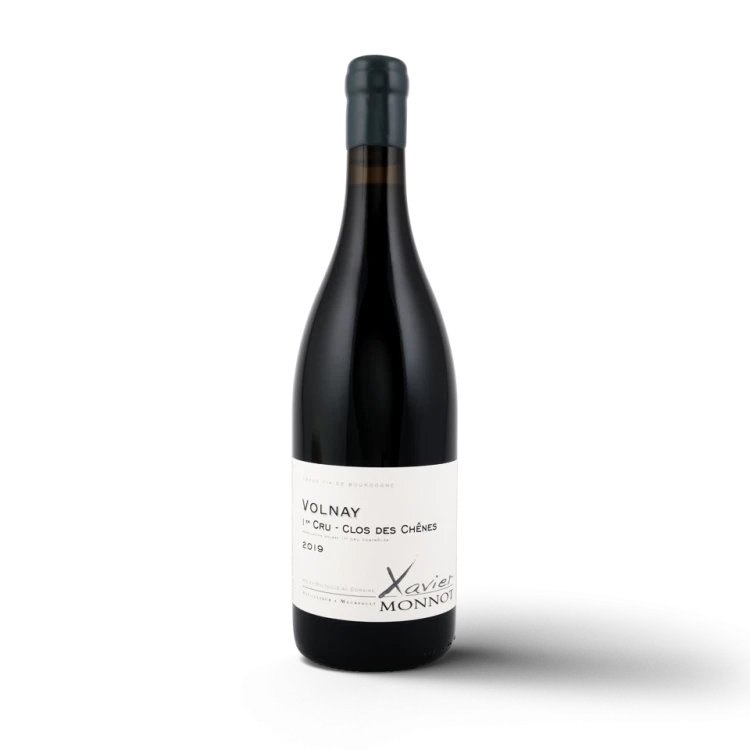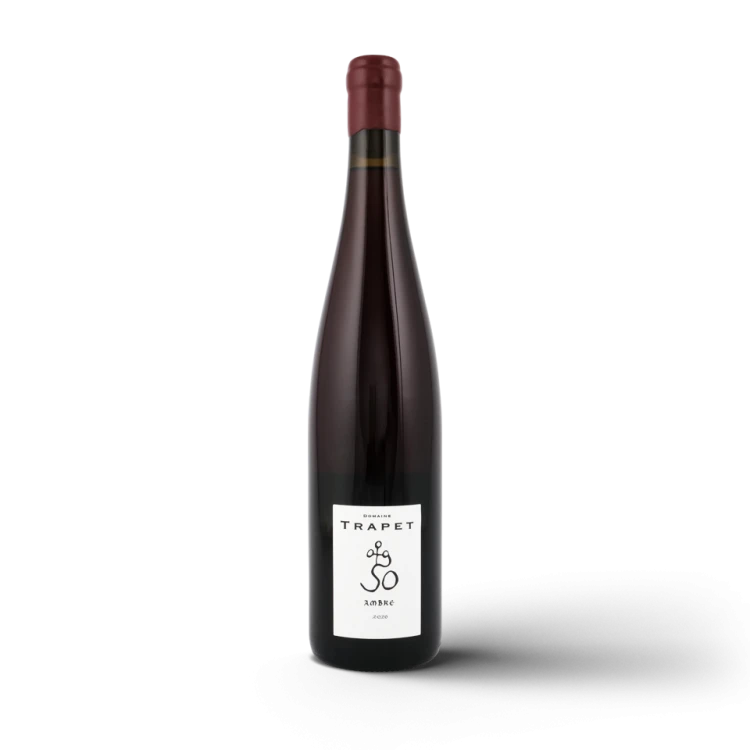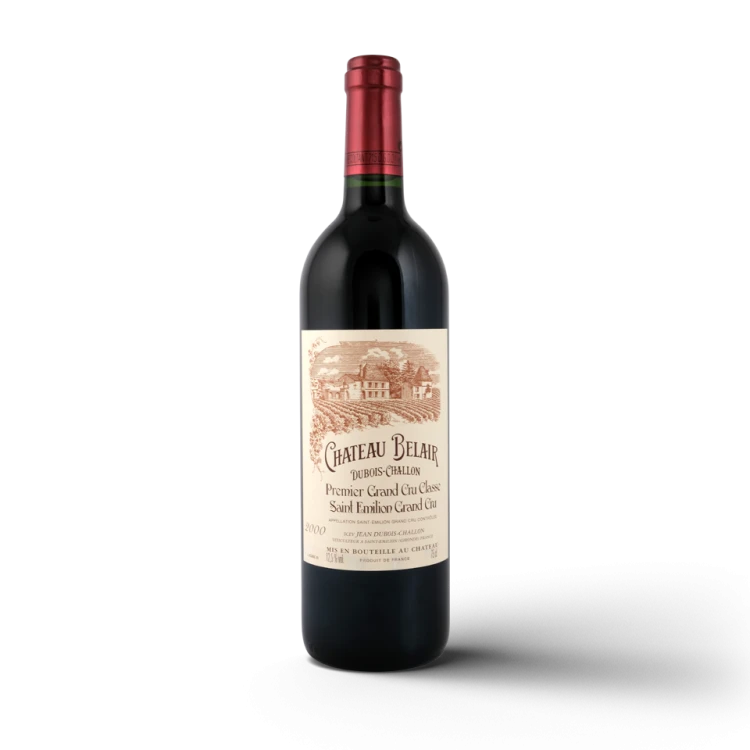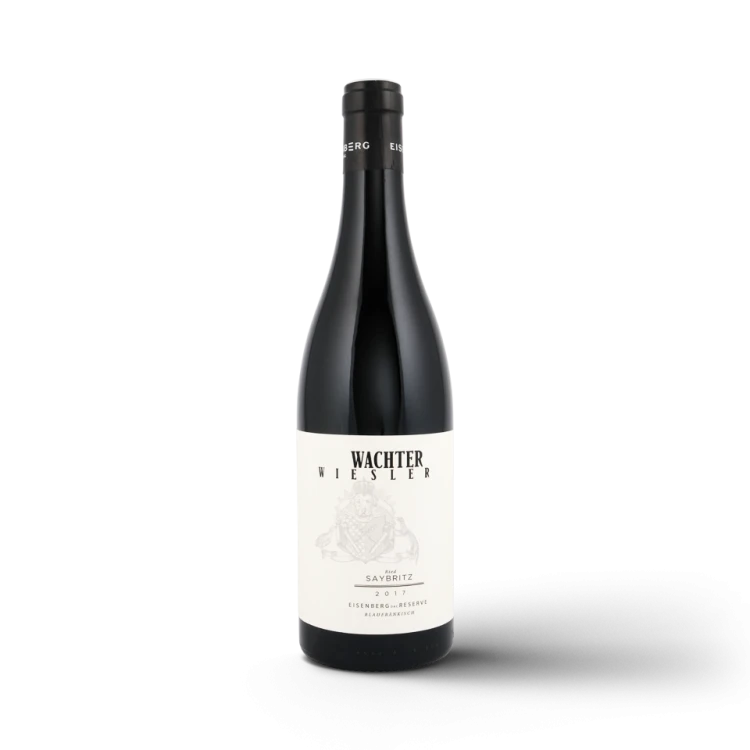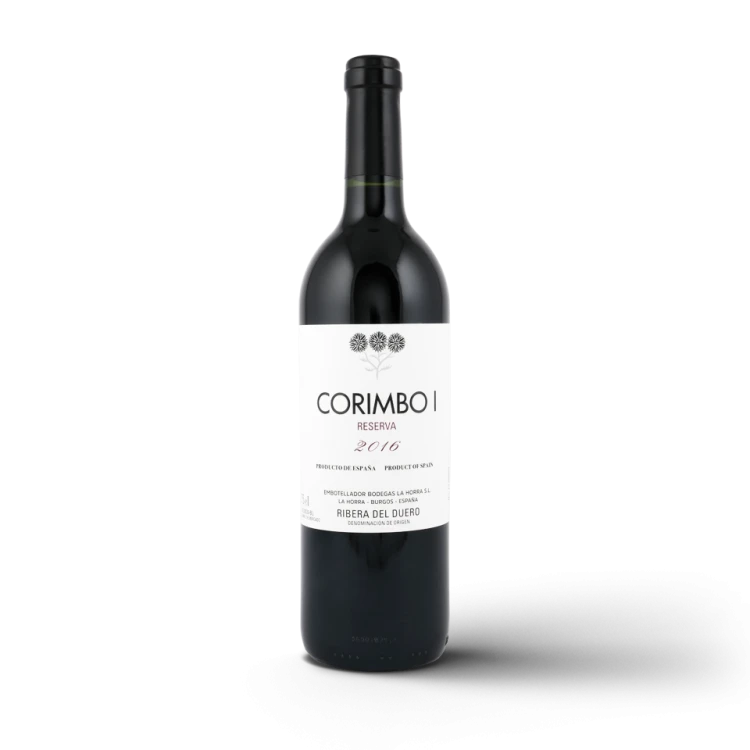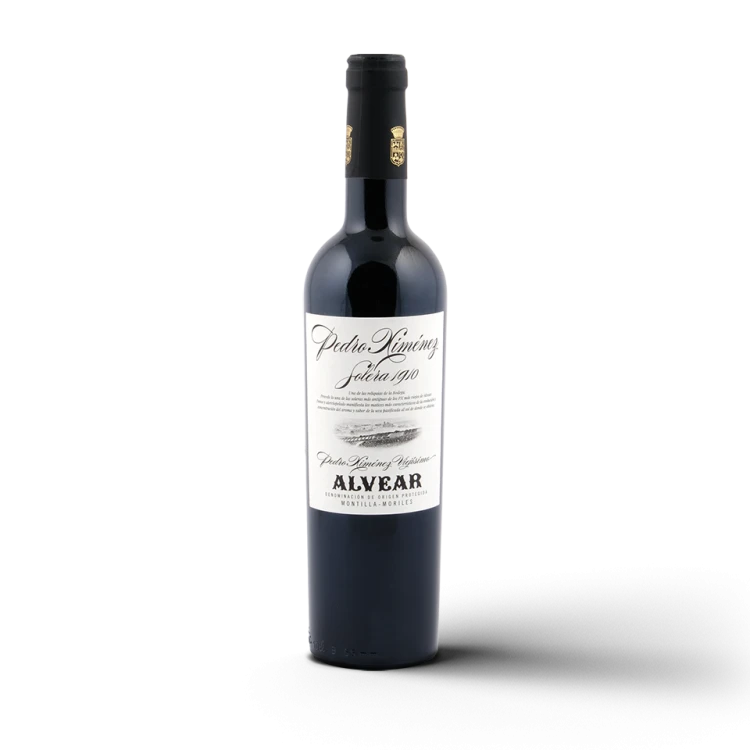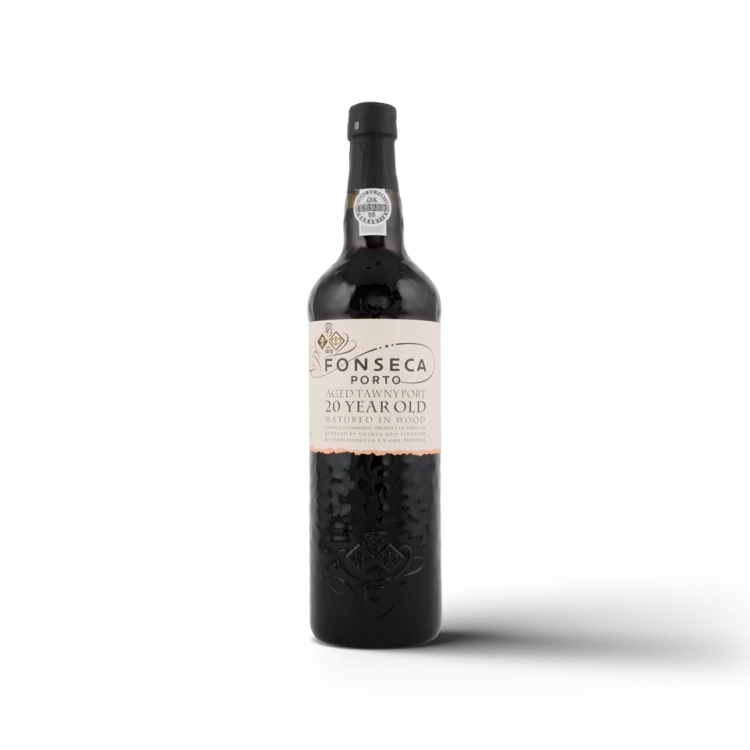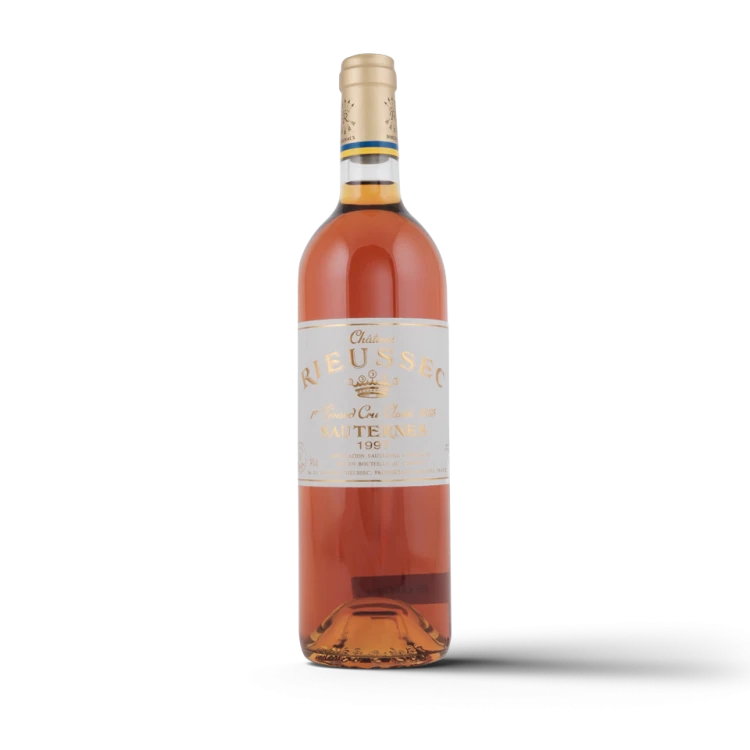The ideal wine and cheese combinations
Cheese essentially consists of fat and milk protein. Nevertheless, the world of different cheeses offers a whole universe of flavour components due to the type of milk used and how it is processed. Firstly, there is the question of the origin of the milk. Does it come from a cow, a sheep or a goat? This has an effect on the salt content, but also on the sharpness or sweetness, the proportion of acidity or flavour.
Of course, it also depends on whether it is winter milk or summer milk, i.e. whether the animals have been fed dry feed or pasture. Cheese can be crumbly, firm or creamy, young, medium-aged or matured. There are just as many origins, flavours and variations as with wine, which is actually just grape sugar, water and alcohol. Perhaps that's why terroir translators go so well together - if you choose the right combinations.
We have put together 8 ideal pairings of cheese and wine for you here:
